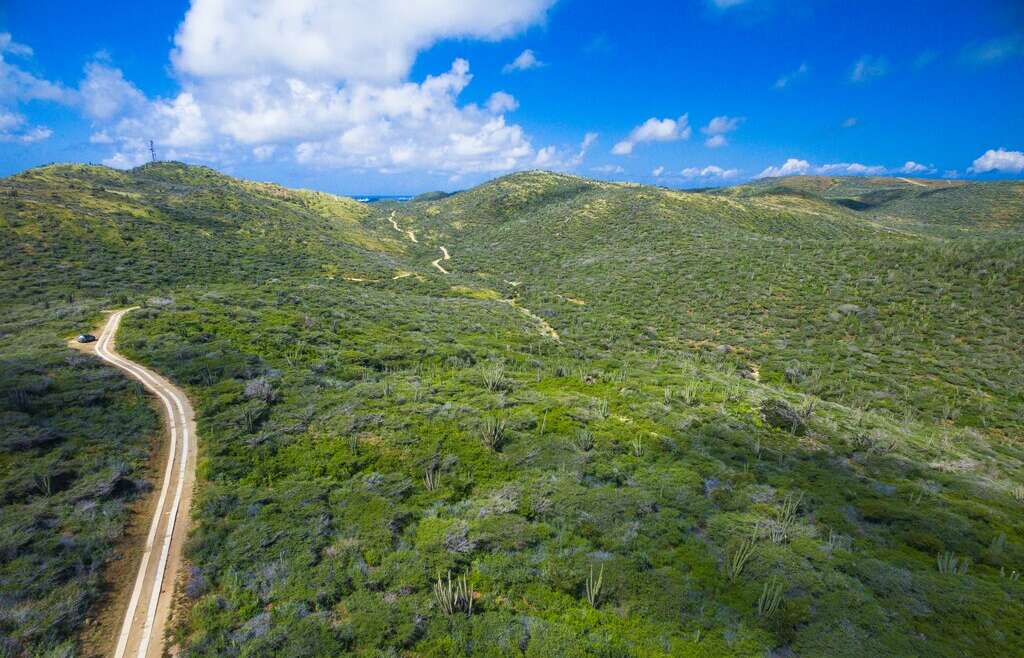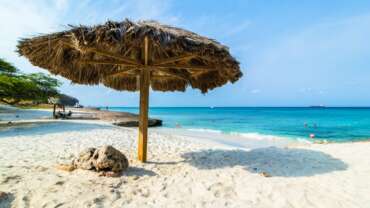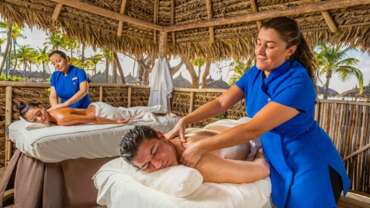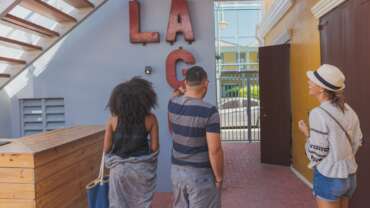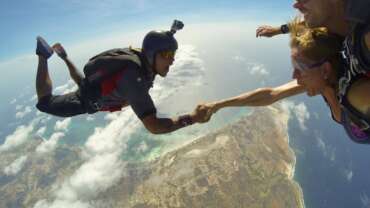Natural Wonders of Aruba
Our island paradise is blessed with the bounties of nature and a variety of wonders found nowhere else.
Explore the calm sandy stretches of our west coast and the towering boca bays to the north. Climb the windswept steps to the peak of Hooiberg hill, Aruba’s iconic mountaintop forged by ancient volcanoes.
In Arikok National Park, our beautiful Caribbean beaches give way to rugged deserts, towering green cacti and limestone cliffs pounded smooth by waves and trade winds. This is where you’ll find Fontein Caves and the Natural Pool – two of our most unspoiled and unforgettable wonders.
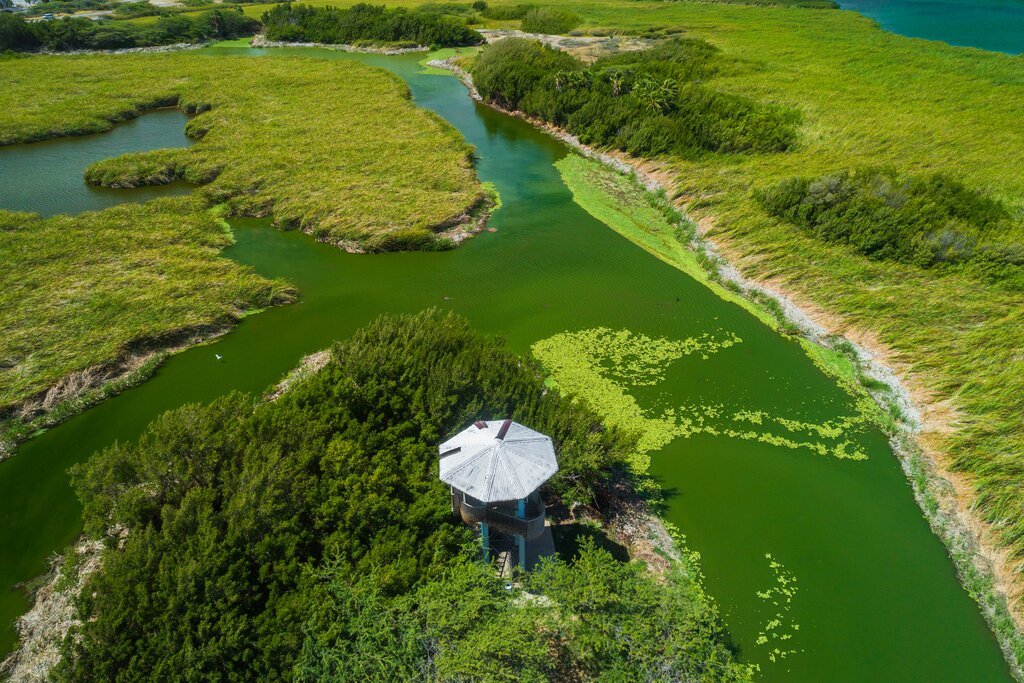
Bubali Bird Sanctuary
Watch more than 80 species of migratory birds from the Bubali watch tower, overlooking their roosting and breeding area.
The observation tower allows birdwatchers to get a truly birds’-eye view. Migratory birds, looking for lush vegetation in which to nest, find an oasis within the Bubali Bird Sanctuary.
The nearby water treatment facility empties into two interconnected man-made bird ponds. Birds that inhabit the sanctuary include herons, egrets, gulls, skimmers, coots, ducks and more.
Located within walking distance of the Palm Beach resorts, the Bubali Bird Sanctuary offers some unique bird-watching opportunities. You can’t miss it, as it is located just in front of the historical Old Dutch Windmill. Make sure to bring your camera, as many of these birds will randomly fly by the observation tower giving a little show. This is a great place to bring kids for a unique and possibly once-in-a-lifetime opportunity to be so close to the untamed.
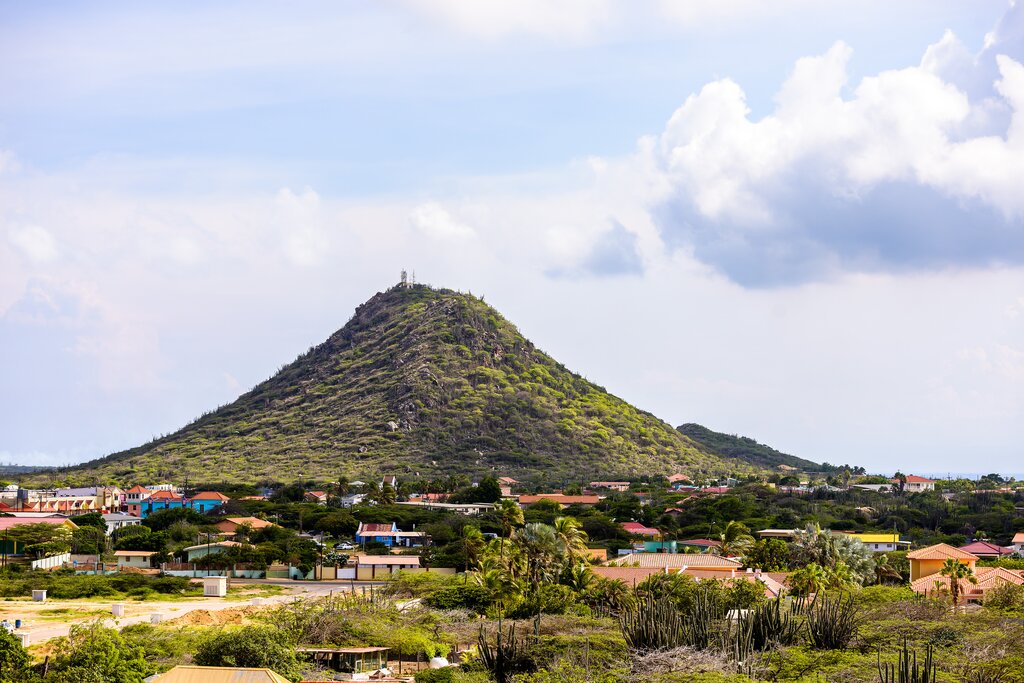
Hooiberg
Hike up Aruba’s Hooiberg and experience a unique workout with a view.
Hooiberg is the direct Dutch translation of the word haystack. The mountain is cone shaped and rises 540 feet up from the centre of the Island.
Hikers can take about 600 steps to the top, and reaching the summit is extremely rewarding!
Enjoy the panoramic views at the top, and take in the encounters with wild goats, parakeets and colourful lizards on your way up.
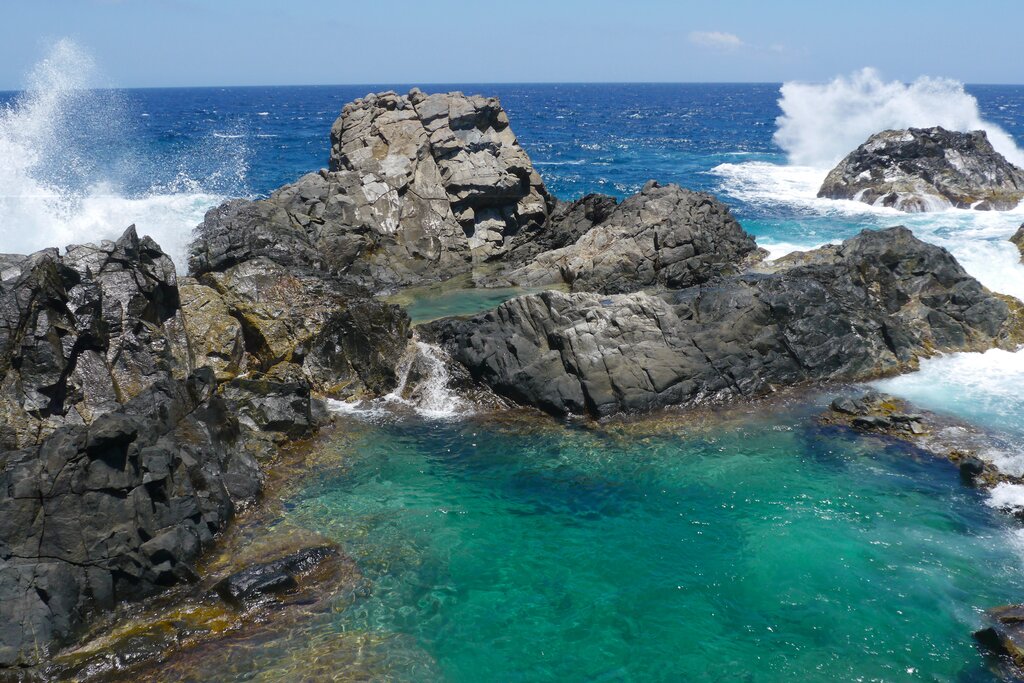
Natural Pool
Experience true adventure at Aruba’s most remote, yet also most popular nature attraction, the famous Natural Pool.
In a unique rock formation, volcanic stone circles a small depression, creating a tranquil pool: Aruba’s Natural Pool.
On a deserted stretch of coastline, dramatic shows of water spraying over the rock occur on a regular basis as the tide rushes to shore. The unique natural pool is also known as ‘Conchi’ (bowl) or ‘Cura di Tortuga’ (Turtles Cove) and located inside Aruba’s national Arikok Park.
The location of the Pool is surrounded by some of Aruba’s most rugged terrain, so a visitor truly gets the feeling of having “discovered” something when they reach the site, either on foot, horseback or by 4×4. Due to the nature of the environment in this secluded area, the site is inaccessible by conventional car. Inexperienced drivers are encouraged to visit the pool on a jeep safari.
During the day, little snacks and drinks are sold at the top of the stairs that lead to the Natural Pool.

Caves
Enter a world filled with amazing stalactites, stalagmites, ancient Indian cave paintings and bats inside Aruba’s caves. In the deep recesses of rock along the island’s windward coast, shallow cave formations intrigue visitors, who, in seeking to penetrate its damp chambers, are rewarded with mysterious views.
The caves are accessible to the public during the day between opening hours of the national park (8:00 am – 4:00 pm).
Ask park rangers at the entrance of the caves for a tour inside, as they can share interesting information on cave paintings and nature’s artwork of stalagmites and stalactites.
The Guadirikiri Cave is famous for its two chambers, illuminated by the sunlight streaming through holes in the roof of the cave. The cave extends for about 100 feet. In the darker portions of the cave, hundreds of harmless bats roost.
The Fontein Cave is the most popular of the caves as it is the only one that has the Arawak Indian cave paintings on the ceilings, providing a real sense of island history to this cave.
All three of these caves are located within the Arikok National Park Aruba.
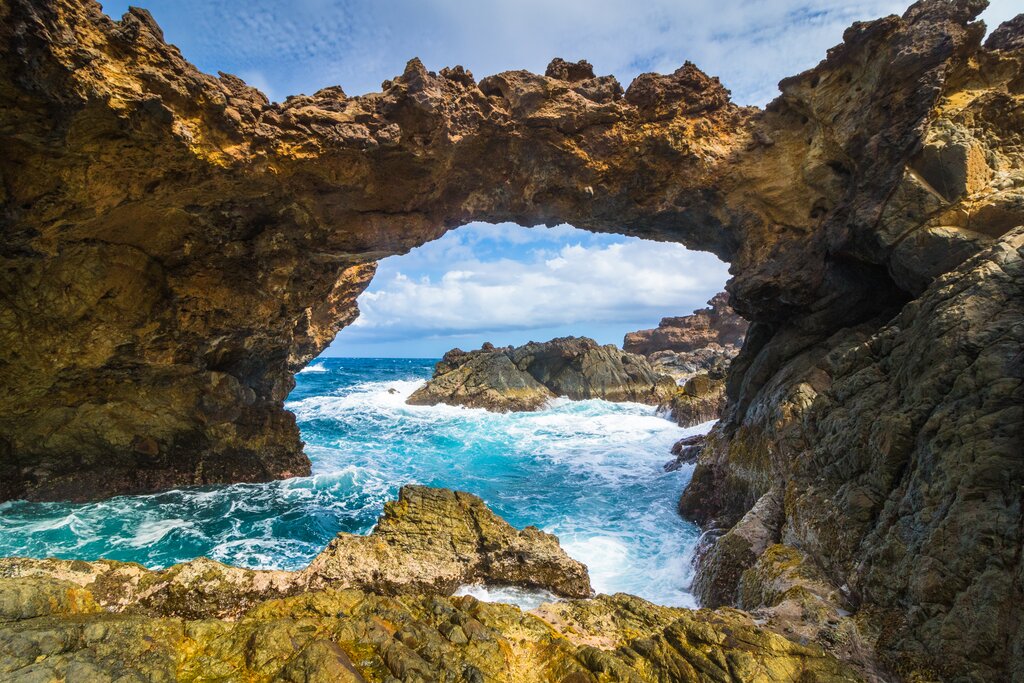
Natural Bridges in Aruba
Explore the rugged northern shore of Aruba and discover many natural bridges on your way; some small, yet all true gems. For thousands of years, pounding waves and strong winds have slowly chiselled away at the limestone cliffs along Aruba’s North coast to create several natural bridges.
Before collapsing in 2005, the largest and most photographed of these bridges was the famous Natural Bridge between the Bushiribana gold mine ruins and Andicuri Beach. The remains of this bridge are still a tourist attraction in Aruba, with the adjacent intact Baby Bridge also meriting a visit.
The Natural Bridge area boosts a souvenir shop and snack bar with refreshments in a replica cunucu house.
Other gorgeous natural bridges can be found in the southern part of the island in the Seroe Colorado area (towards Baby Beach) and near Black Stone Beach where you’ll find a unique tripod bridge.
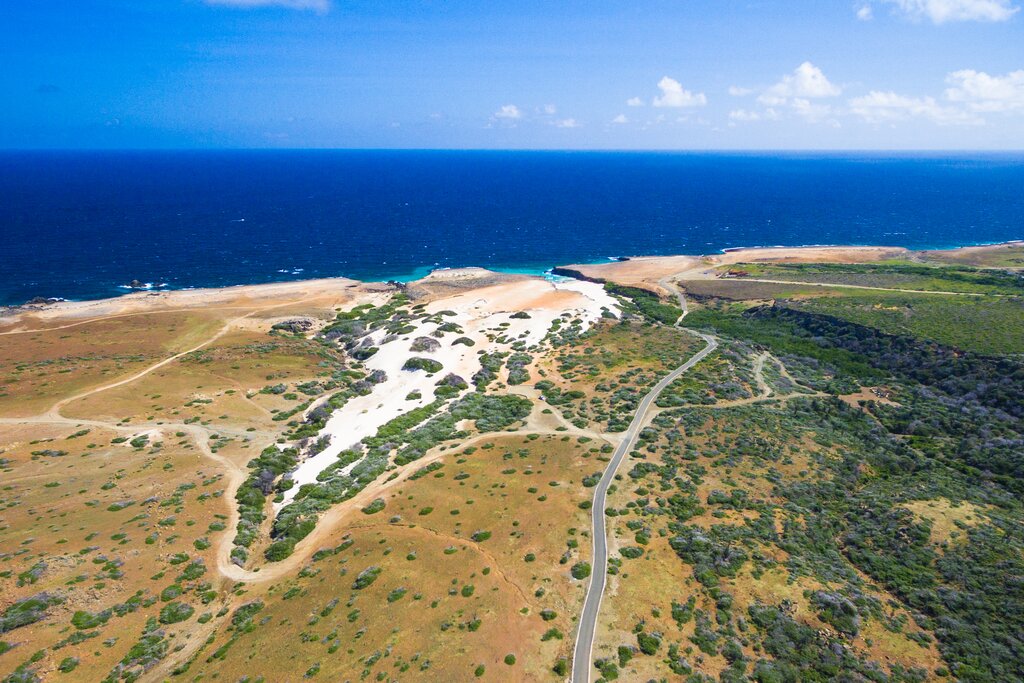
Arikok National Park
The Arikok National Park is Aruba’s national treasure; we protect everything in it and so can you, just by visiting. Nearly 20% of Aruba is a designated National Park and home to a long list of animal species and plant life. The Arikok National Park is home to rare priceless gems that are indigenous to our island.
The Arikok National Park is a great place to spend the entire day enjoying the dramatic landscapes. There is a small entrance fee that goes towards the preservation of the park, educational programmes and the animals who roam freely throughout the 7,907 acres.
Arikok National Park is home to a variety of unique attractions and cultural heritage sites, including spectacular caves, original Indian rock drawings, unusual land formations made from lava, quartz diorite and limestone, guided nature walks through dry river beds to secluded bays such as Moro, Boca Prins and Dos Playa.
The monthly ‘cinema in the park’, watching a movie in open air under the stars, is worth a visit and a memorable experience for the entire family. Admission for this activity is free.



